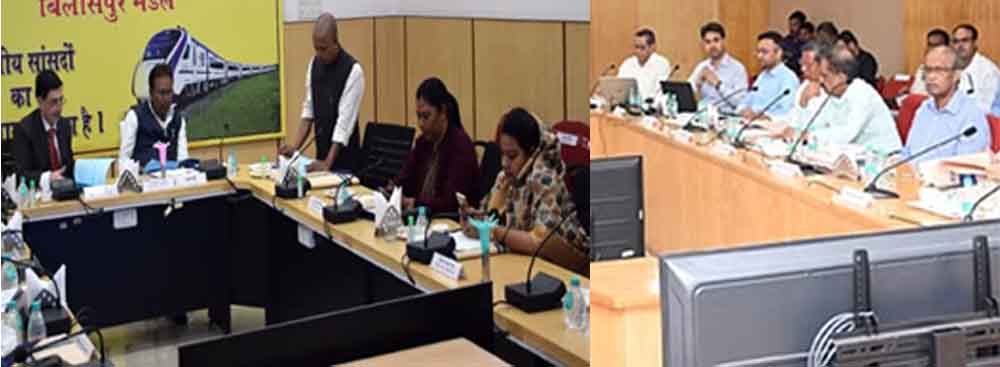₹59.6 Lakh Cr Debt = 150% of States’ Revenue Receipts, 17 Points

India’s States’ Debt Triples to ₹59.6 Lakh Crore in 2023 – CAG Report
📊 Key Highlights
-
States’ total public debt trebled in 10 years
-
FY 2013-14: ₹17.57 lakh crore
-
FY 2022-23: ₹59.60 lakh crore
-
Growth: 3.39x in a decade
-
-
Debt-to-GSDP Ratio
-
FY 2013-14: 16.66%
-
FY 2022-23: 22.96%
-
📌 Debt in National Context
-
India’s GDP (FY 2022-23): ₹2,68,90,473 crore
-
States’ combined debt: ₹59,60,428 crore
-
Share of states’ debt in GDP: 22.17%
🏛️ State-Wise Debt Ratios
-
Highest Debt-to-GSDP Ratios (FY 2022-23)
-
Punjab: 40.35%
-
Nagaland: 37.15%
-
West Bengal: 33.70%
-
Kerala: 32.89%
-
Rajasthan: 31.92%
-
-
Lowest Debt-to-GSDP Ratios
-
Odisha: 8.45%
-
Maharashtra: 14.64%
-
Gujarat: 16.37%
-
Karnataka: 17.92%
-
Telangana: 18.10%
-
-
Distribution of States by Debt Level
-
8 states: Debt > 30% of GSDP
-
14 states: Debt between 20–30% of GSDP
-
6 states: Debt < 20% of GSDP
-
📉 Covid-19 Effect
-
Debt-to-GSDP spike
-
2019-20: 21%
-
2020-21: 25% (pandemic year)
-
-
Reason for spike
-
Fall in GSDP during Covid.
-
Extra loans from Union Govt:
-
GST compensation loans.
-
Special capital expenditure loans.
-
-
⚖️ Borrowings vs Spending
-
Golden Rule of Borrowing
-
Debt should fund capital projects (infrastructure, assets).
-
Should NOT fund current/operating expenses.
-
-
CAG Findings
-
11 states diverted loans for day-to-day expenses:
-
Andhra Pradesh, Assam, Bihar, Haryana, Himachal Pradesh, Kerala, Mizoram, Punjab, Rajasthan, Tamil Nadu, West Bengal.
-
-
-
Case Examples
-
Andhra Pradesh: Only 17% of borrowings used for capital spending.
-
Punjab: 26% used.
-
Haryana & Himachal Pradesh: ~50% used.
-
🏦 Sources of State Borrowings
-
Major Sources of Debt
-
Market borrowings: securities, treasury bills, bonds.
-
Loans from SBI & commercial banks.
-
Ways and Means Advances (WMA) from RBI.
-
Institutional loans: LIC, NABARD.
-
📈 Revenue Receipts vs Debt
-
Debt-to-Revenue Ratios (2014-15 to 2020-21)
-
Lowest: 128% (2014-15)
-
Highest: 191% (2020-21)
-
Average: ~150% of revenue receipts
-
-
Debt-to-Non-Debt Receipts
-
Range: 127% to 190%
-
✅ Conclusion
-
States’ growing debt = Fiscal concern
-
Debt is now 23% of India’s GDP.
-
Borrowing used for operating costs weakens financial health.
-
Fiscal sustainability requires stricter adherence to the golden rule of borrowing.
-
⚠️ Disclaimer – The Profit India
This article is based on official findings of the Comptroller and Auditor General of India (CAG). The figures and insights are for informational and educational purposes only. The Profit India does not provide investment, financial, or legal advice. Readers should consult certified professionals before making any financial or policy-related decisions.





